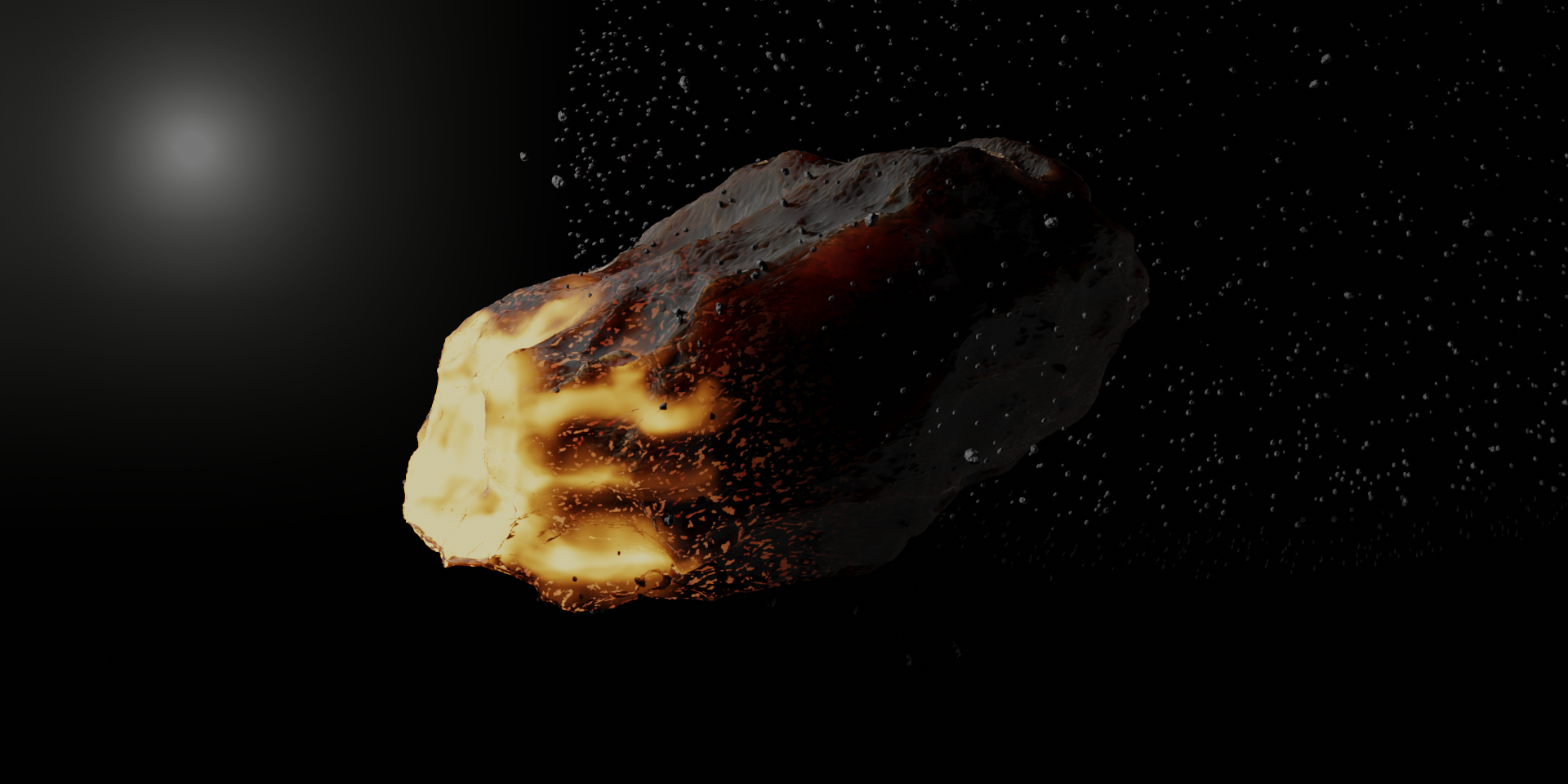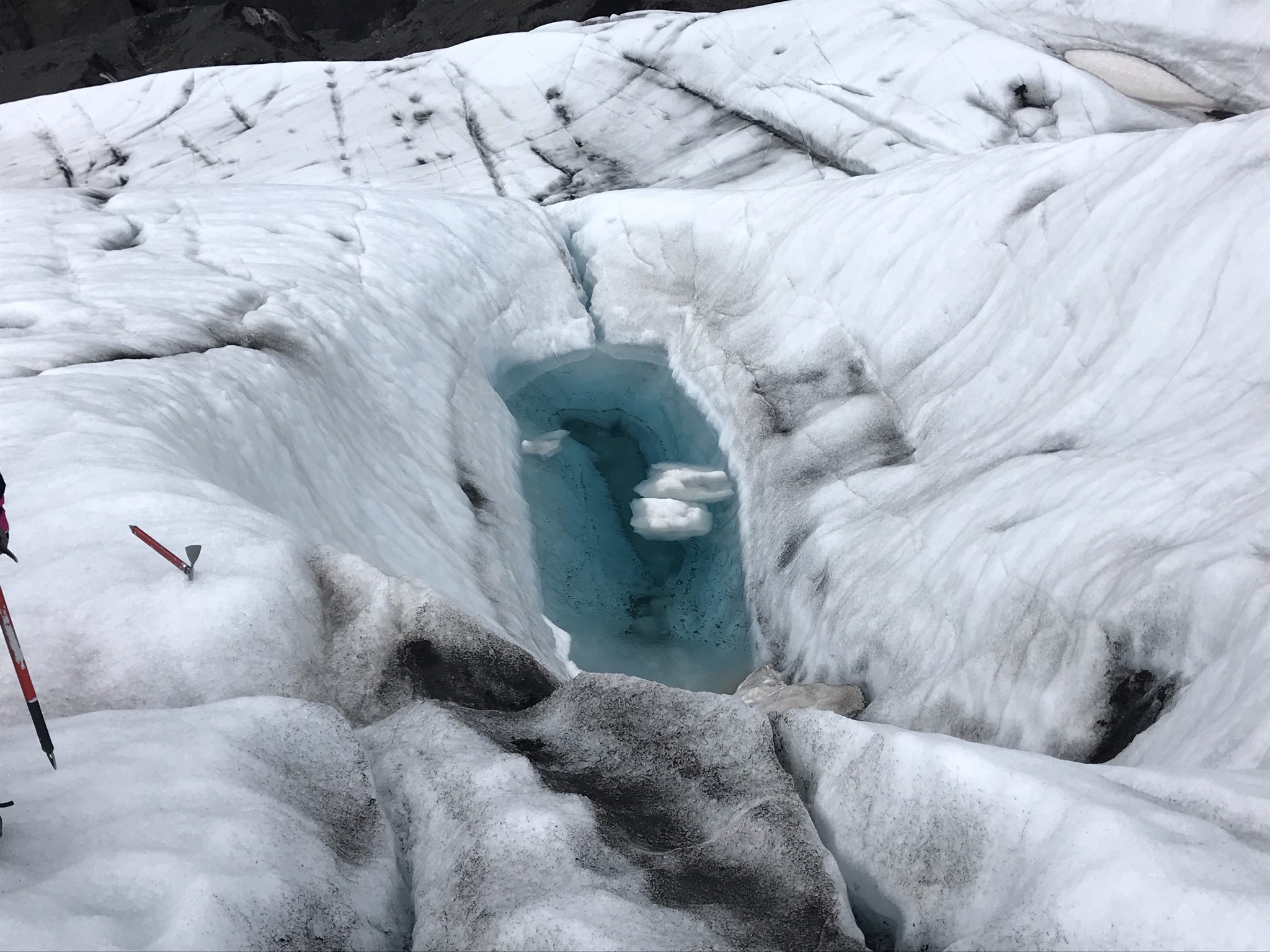Cosmic dust fertilization of glacial prebiotic chemistry on early Earth
How did the reactions that first produced life on Earth cope with scarce bio-essential elements before the evolution of enzymes? Cosmic dust may have fuelled prebiotic chemistry. Natural sedimentary processes could have concentrated cosmic dust into nutrient-rich deposits. Our study challenges the idea that cosmic dust wasn't a local fertilizer for early life.

Dr. Craig Walton, NOMIS-ETH Fellow, is excited about his most recent article that was pushlished on 19 February 2024 in Nature Astronomy. Here, Dr. Walton and co-author Dr. Martin Suttle from the School of Physical Sciences at the Open University in Milton Keynes, UK, share with us the story line of the article and surprising details of their research results.
In a world before the evolution of enzymes, how did first life on Earth gain a foothold when the key bio-essential ingredients were present at low concentrations or in chemically inert forms? We performed the first combined quantitative astrophysical and geological modelling study to investigate whether cosmic dust could have played a role in prebiotic chemistry and the origin of life.
The continuous rain of cosmic dust provides abundant organic matter from asteroids and comets delivered directly to the Earth’s surface. In Earth’s ancient past, the extraterrestrial dust flux was orders of magnitude higher than today. Until now, it has been assumed that since this dust flux was spread-out across the globe there would have been insufficient local dust fluxes to render it as a fertilizing agent for prebiotic chemistry.
However, we demonstrated that natural sedimentary surface processes could have played a key role in concentrating cosmic dust into localised nutrient-rich deposits. Meltwater pools on the surfaces of icesheets in particular may have been sites where cosmic dust yielded the right ingredients for the origin of life. Surprisingly, evidence is building up to favour a cold early Earth, including the fact that the Sun was fainter back then and that meteorites falling to Earth sucked up all the CO2 during weathering which may have lead to a a cold surface. So, our ideas may not be inconsistent with the nature of early Earth, which many often envisage as very hot!

What are the most interesting findings of your research?
The origin of life is an event so rare that, to the best of our knowledge, it has only happened once, here on Earth. The questions of how life developed from precursor geochemical building blocks and in what environments those reactions took place are fundamental and unanswered questions of interdisciplinary and existential interest. Our research challenges conventional thinking by suggesting that cosmic dust, often dismissed as inconsequential for the origins of life, could have played a crucial role in supplying the limiting bio-elements needed to kick-start prebiotic chemistry on early Earth.
Could you give a bit more details?
In a world before the evolution of enzymes, how did life on Earth thrive when the key bio-essential ingredients were present at low concentrations or in chemically inert forms? We performed the first quantitative modelling study to investigate whether cosmic dust could have played a role in prebiotic chemistry and the origin of life.
The continuous rain of cosmic dust provides abundant organic matter from asteroids and comets, delivered directly to the Earth’s surface. In Earth’s ancient past, the extraterrestrial dust flux was much higher than today. Until now, it was assumed that this dust flux was too spread-out to render it as a fertilizing agent for prebiotic chemistry.
However, we demonstrated that natural sedimentary processes could have concentrated cosmic dust to form nutrient-rich deposits. Meltwater pools on the surfaces of icesheets were potential sites where cosmic dust yielded the right ingredients for the origin of life.
